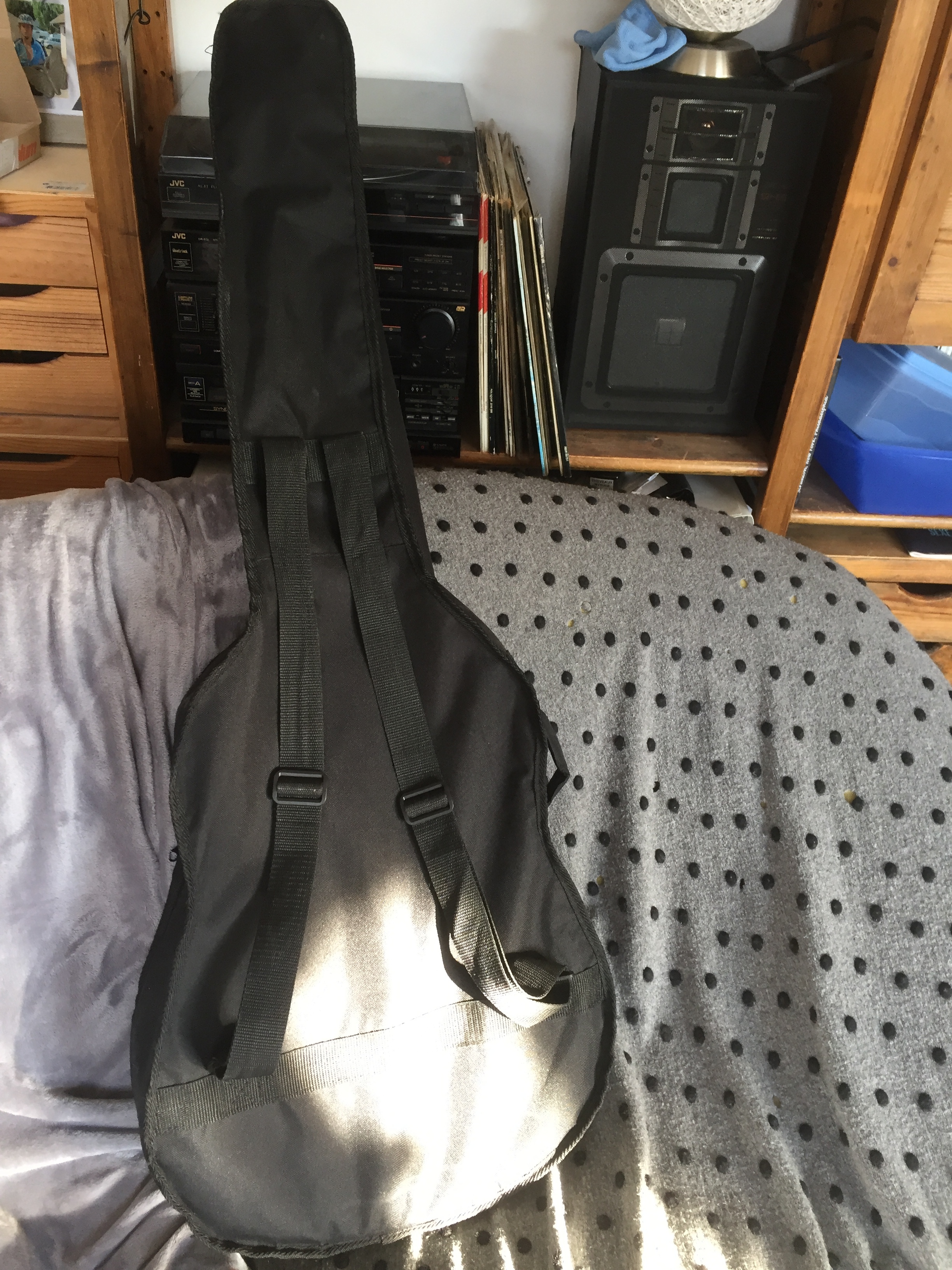

This is a guitar you can backpack with, tie to the roof rack of your camper van, or use to repel drunk ne’er-do-wells down at your local open mic night. This Seagull won’t dive-bomb you on Brighton pier and try to nick your choc ice but like their pesky beaked and feathered namesakes, the S6 Original doesn’t half project a lot of sound. The 648mm- (25.5-inch) scale length puts plenty of twang in the strings making the S6 Original versatile enough to handle anything. Cedar requires less playing in than spruce before it gives up its goodies, and remains popular with players looking for a warmer-sounding tonewood that responds well to fingerpicking.ĭon’t think that excludes the strummers however. Tonally, the S6 Original reveals a maturity beyond its years. The 406mm fingerboard radius and a low action make for an easy ride across the octaves. This reduces string drag for better tuning stability. The headstock is snake-hipped too but that ice-lolly shape is designed to ensure a straight path for the strings between the top nut and tuners. You weren’t wasting your money on fancy finishes or hardware and it wasn’t only guitar players that took notice: the S6 forced other manufacturers to raise their game to the extent that, these days, affordable solid-top acoustics are simply taken for granted.ĭespite the slim profile, the S6’s silver leaf maple neck feels stable and robust, and fills the palm nicely. Just like how the Yamaha Pacifica 112 revolutionised the budget electric guitar market, the S6 designers put an emphasis on decent tonewoods, including a solid cedar top, and robust build quality for the acoustic mob. When the S6 began making its presence felt in UK music shops of the 1990s, affordable solid top acoustics were still thin on the ground. Yet, of all of Godin’s products, possibly the most groundbreaking is the Seagull S6 acoustic. Across those brands you’ll find plenty of innovation, not least in the shape of the Godin Multiac electro-acoustics and the LGXT MIDI controllers. It is something worth investing on.As you may already know, Godin is the brains behind guitar brands Art & Lutherie, Norman, Simon & Patrick, La Patrie, TRIC cases and, of course, Godin. For sure, it will be a model you will use even when you become a pro. Just grab one piece of this brand and get spinning. It has a design that has enabled it to produce excellent sound not forgetting the smooth feel. However, if you intend to just add a guitar to your collection, or you are interested in the best guitar for beginners, then you should put Seagull S6 in mind.

Obviously, if you are interested in a high end guitar model, then this guitar will disappoint you. The overall impressionĪfter reading this seagull S6 review, you can see that this is a model I have almost no complaint about, especially when I consider its cost. The on-board tuner is also a bonus feature which is fast becoming common in many other guitars.

the electronics include bass, treble and volume controls for a transducer that is found in the saddle. The acoustic-electric seagull S6 comes with a Seagull propriety design feature called Quantum I. However, it is cheaper and equally enjoyable to just acquire the acoustic version. The guitar comes with the option of electronics. These are the exact details that any beginner needs thus the Seagull S6 is a quality beginner guitar. This is done for the improvement of the tuning stability. The guitar’s headstock is also a little bit quite tinier when compared to the headstocks of most of the other acoustic guitars in the market.Īccording to Seagull, the thick neck and the small head are designed that way to put the tuners and the nut in line. Even for those used to holding the smaller necked guitars, you will get used to this thick neck quite fast. For beginners, you may not recognize this because you are not yet used to wrapping your hands around guitar necks. When playing it, you will notice that your hand won’t be able to wrap around this neck as much as it wraps around most of the other guitars. The neck of the S6 guitar is a little bit thick. In a nutshell, the guitar doesn’t sound like other guitars and you may need to spend some time with it before you can adapt to the sound. Cedar is also a better wood when it comes to finger pricking together with opening up more. Cedar is characterized with vastly different qualities of tone when compared with spruce.


 0 kommentar(er)
0 kommentar(er)
